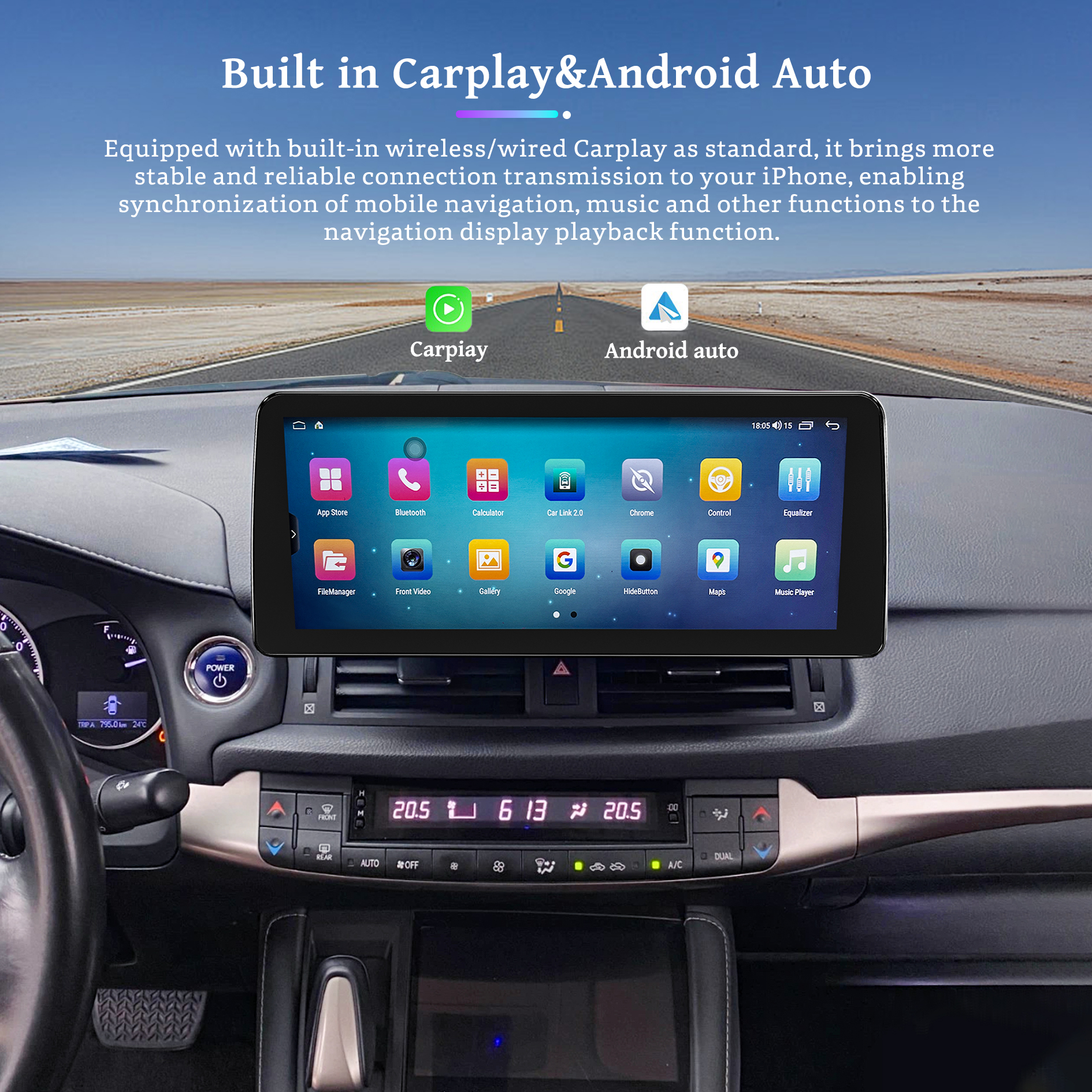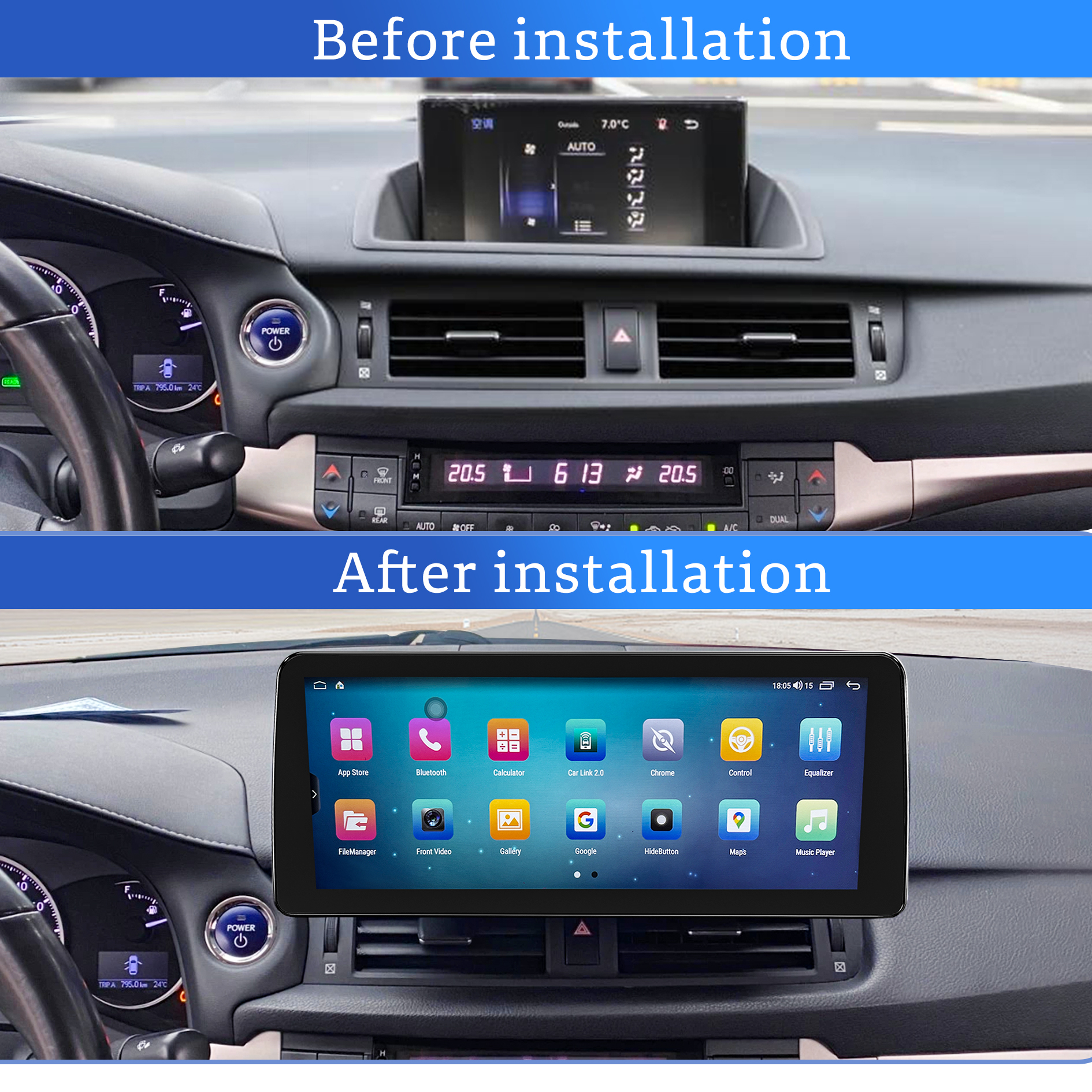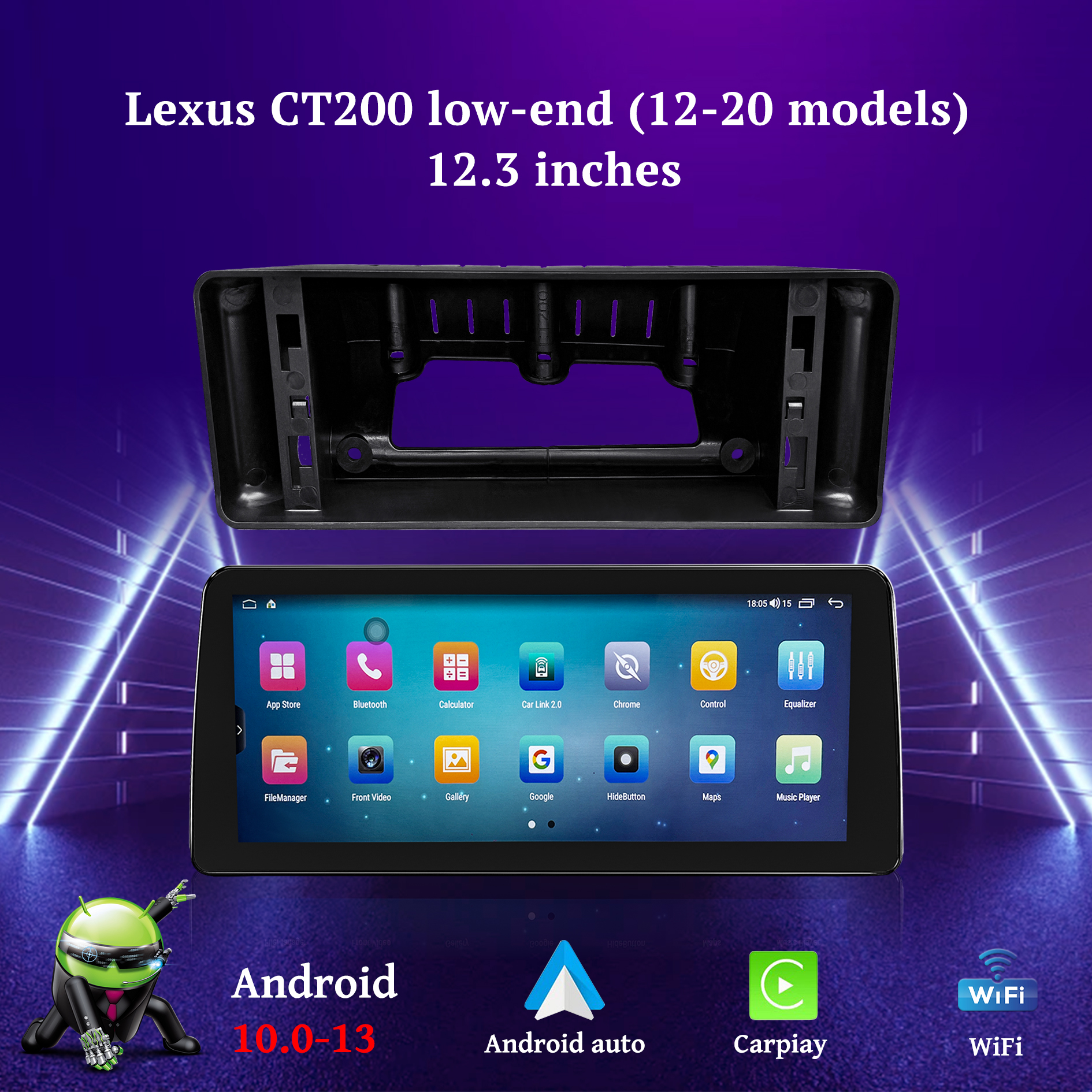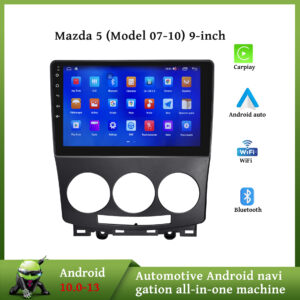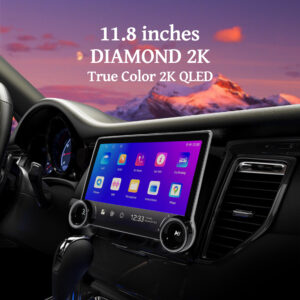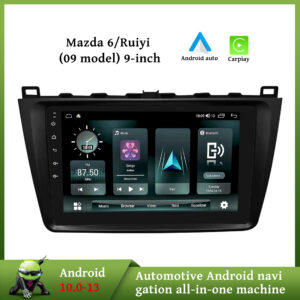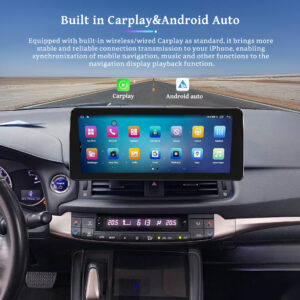Overview of the Lexus CT200 (2012-2020)
The Lexus CT200, produced between 2012 and 2020, represents a notable entry into the compact luxury segment, blending style, efficiency, and technology. Designed with a distinct philosophy, the CT200 embodies Lexus’s commitment to luxury and sustainability, appealing to a demographic that values both performance and eco-friendliness. Targeted at consumers who desire a compact vehicle without sacrificing the quality associated with luxury brands, the CT200 offers a well-rounded experience that caters to urban lifestyles and adventurous spirits alike.
The vehicle’s overall design showcases a sleek silhouette and an aggressive front fascia, complemented by signature Lexus styling elements. Through its production years, the CT200 underwent subtle yet effective design tweaks that enhanced its visual appeal while preserving its core identity. Inside, the cabin reflects attention to detail and craftsmanship, featuring high-quality materials and a user-friendly layout that emphasizes comfort for both driver and passengers.
Under the hood, the Lexus CT200 is powered by a 1.8-liter four-cylinder engine, paired with an electric motor in the hybrid variant, delivering a combined output of 134 horsepower. This hybrid configuration not only contributes to a smooth and responsive driving experience but also underscores the vehicle’s commitment to fuel efficiency, with ratings of approximately 43 mpg in the city and 40 mpg on the highway. Safety remains paramount in the CT200’s design, as it boasts a suite of advanced safety features, achieving high ratings from regulatory agencies throughout its production.
Over the years, Lexus introduced several updates, including improved technology integrations and enhanced multimedia systems, maintaining the CT200’s relevance in a competitive marketplace. These enhancements, along with a continually evolving design language, solidify the CT200’s place as a strong contender in the compact luxury car market.
Integrating Android Multimedia and CarPlay in the Lexus CT200
The Lexus CT200, produced from 2012 to 2020, features a sophisticated system that integrates Android multimedia and Apple CarPlay, significantly enhancing the in-car experience. This harmonious convergence of technology provides users with seamless connectivity, enabling them to utilize their smartphones while driving. By incorporating these platforms, Lexus offers an array of features designed to facilitate ease of access to navigation, communication, and entertainment services through a user-friendly interface.
The setup process for integrating Android Auto and Apple CarPlay in the CT200 is straightforward. Users begin by connecting their smartphones via USB, after which the system recognizes the device and prompts the user to allow access. Once activated, the user is presented with a familiar interface, replicating key mobile applications on the vehicle’s display. The responsiveness of the touchscreen and the overall interface are commendable, providing an intuitive experience akin to that of a smartphone.
Voice command functionalities further elevate this integration. With either Android Auto or Apple CarPlay, drivers can make calls, send texts, or engage navigation systems hands-free. This feature is vital for safety, allowing users to remain focused on the road while still being able to communicate or find directions. Despite these advantages, some limitations do exist. For instance, not all mobile applications are compatible, and certain functionalities may be restricted when the vehicle is in motion, ensuring that driver attention remains on the road.
Challenges such as connectivity issues can sometimes arise. However, troubleshooting tips, such as ensuring that the smartphone’s software is up to date or restarting the vehicle’s multimedia system, can help. To optimize the multimedia experience in the Lexus CT200, it’s advisable for users to familiarize themselves with the settings, regularly check for software updates, and consult both the vehicle’s user manual and smartphone guides for best practices.

